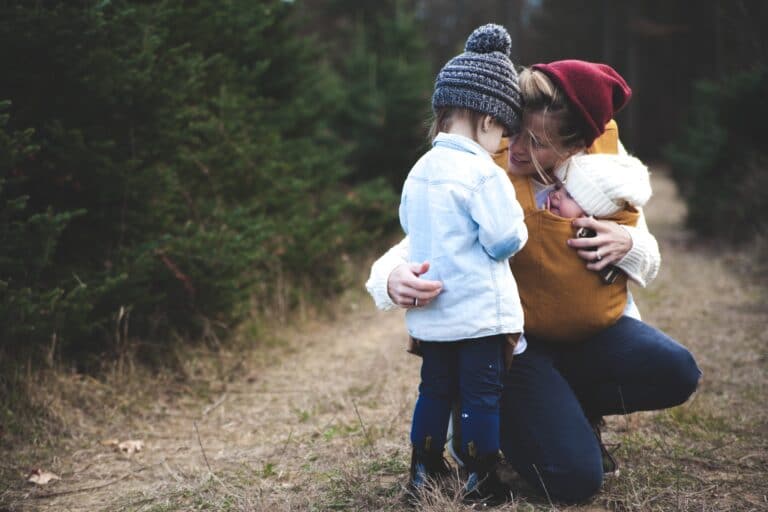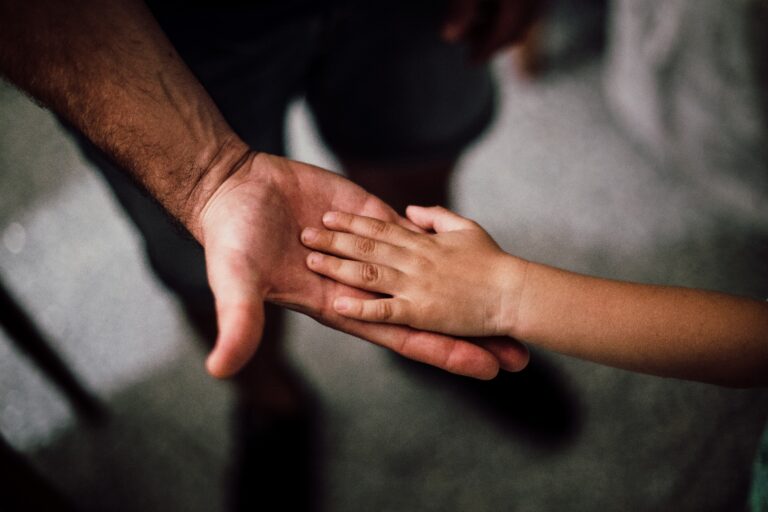
Workshop: Keeping Children Safe in a Troubled World
Learn to recognize and respond to abuse, including bullying, sexual abuse, emotional abuse, or physical abuse.

Learn to recognize and respond to abuse, including bullying, sexual abuse, emotional abuse, or physical abuse.

Children need connection and guidance to grow into healthy adults. The presentation focuses on using connection in discipline.

How does trauma “show up” in a child’s behavior? Learn 5 strategies to help children heal.

What is typical childhood behavior and when should I be worried?

Mindfulness helps you to pay attention to the here and now with kindness, openness, and curiosity.

All families deal with misbehavior. Even if you have set up a perfectly nurturing environment for children, it is the nature of growing up for children to push against boundaries and explore the consequences of their behavior. Additionally, out-of-control emotions often lead to poor choices – which is as true
Problem solving, conflict resolution, and decision making all rest on the ability to think about consequences. Children learn best when they are allowed to see the consequences of their actions. As Becky Bailey (2000) explains, “Consequences help children think about the effects of their choices, then draw conclusions about the wisdom
Encouragement improves behavior by making children feel included, important, and valued (Nelson, 2006). In many cases, simply paying attention to what children are doing is encouragement enough. You can help your child build self-confidence by noticing your child’s effort, and telling your child what you see. Keep comments specific, so

Modeling is the first way that young children learn. From birth, infants imitate emotions and language modeled by their caregivers. Toddlers learn how to play by watching their family members. Social norms, habits, language patterns, and responses to stress are all learned through modeling (Szalavitz & Perry, 2010). Children’s behavior

These discipline techniques are used to stop negative or unacceptable behavior before it happens by setting children up for success. These techniques include: Modeling, Empathy, Encouragement, Consequences (see additional information sheets on these topics), as well as the techniques described below: Routines, Sense of Humor, Setting Limits, Physical and Verbal
Please use this form to get in touch with our team about curriculum access, tech support, or any other questions.